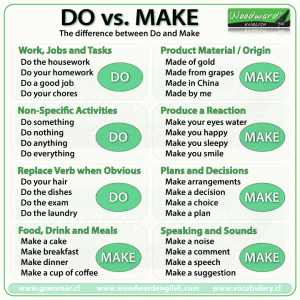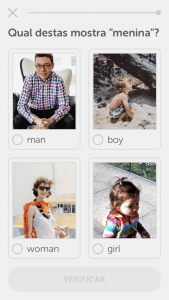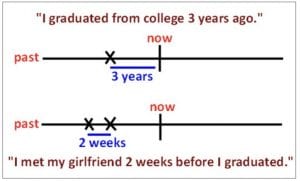
| Don’t Say | Say This |
| I supposed to work tomorrow. | I am supposed to work tomorrow. |
| My sister suppose be here for dinner. | My sister is supposed to be here for dinner. |
| I suppose be here early this morning? | Was I supposed to be here early this morning? |
| My son no suppose to go outside today. | My son is not supposed to go outside today. |
Remember
- The phrase supposed to means expected to, or required to. Used this way…
- It must include the verb to-be before it (I am supposed to… He is supposed to….)
- Supposed is spelled with a d at the end, but that doesn’t mean it’s past tense (He is/was supposed to…)
- It is followed by the main verb of the sentence (My father is supposed to fly to Boston tomorrow.)
- To be supposed to is similar to Have to, and Ought to
- Supposed to – something expected or required – but it might not happen
(Ex: I was supposed to be home for dinner, but the traffic made me late.) - Have to – similar to must. There is no choice.
(Ex: I have to stop at a red light.) - Ought to – similar to should.
(Ex: You ought to stop smoking.)
- Supposed to – something expected or required – but it might not happen
- To be supposed to is different from the verb suppose. Suppose means to presume, or think something is true.
(Ex: I suppose she’s happy, but I’m not sure.)







